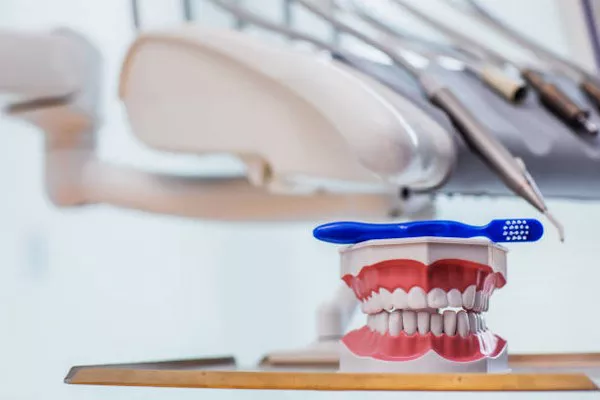In the realm of dental health, the prospect of tooth extraction often leads to questions about the subsequent steps for restoration, with tooth implants emerging as a popular choice. Understanding the optimal timeline for tooth implantation after extraction is crucial for a seamless and successful dental journey. In this comprehensive guide, we delve into the intricacies of post-extraction implantation, offering insights, recommendations, and key considerations.
1. The Immediate Implant Option: A Swift Approach to Restoration
When contemplating tooth implants after extraction, one notable option gaining prominence is immediate implantation. This technique involves placing the implant immediately after tooth removal, streamlining the overall process and reducing the number of appointments. Immediate implants not only save time but also contribute to the preservation of surrounding bone structure.
1.1 Advantages of Immediate Implantation
Immediate implantation presents several advantages, such as faster overall treatment, minimized bone loss, and the preservation of the natural gum architecture. Studies have shown that immediate implants can yield comparable success rates to traditional delayed approaches, making it a viable option for many patients.
1.2 Considerations and Candidacy Criteria
However, not every patient is an immediate implant candidate. Factors like the quality and quantity of available bone, as well as the specific circumstances of the extraction, must be carefully evaluated. Consulting with a qualified oral surgeon is crucial to determine whether immediate implantation aligns with individual oral health needs.
2. The Grace Period: Understanding Delayed Implantation
While immediate implantation offers expediency, delayed implantation provides a more conservative approach, allowing the extraction site to heal thoroughly before implant placement. This approach, typically conducted several weeks after extraction, provides a stable foundation for the implant, reducing the risk of complications.
2.1 Healing Phase and Bone Regeneration
One of the primary advantages of delayed implantation is the dedicated healing phase. This period allows the extraction site to undergo proper bone regeneration, ensuring a solid and durable foundation for the implant. Studies emphasize the importance of sufficient healing time in reducing the risk of implant failure.
2.2 Ideal Candidates for Delayed Implantation
Patients with compromised bone quality or those requiring additional procedures, such as bone grafts, may find delayed implantation more suitable. Additionally, individuals with a history of gum disease or infections may benefit from allowing the extraction site to fully recover before implant placement.
3. Personalized Approaches: Tailoring Implant Timelines to Individual Cases
Recognizing that each patient’s oral health journey is unique, dental professionals advocate for a personalized approach to tooth implantation timelines. Factors such as the location of the extracted tooth, the patient’s overall health, and lifestyle considerations play a pivotal role in determining the most suitable implantation timeline.
3.1 Consultation and Treatment Planning
Before embarking on the journey of tooth implantation, a comprehensive consultation with a qualified dentist or oral surgeon is imperative. Through thorough examination and assessment, the dental professional can formulate a tailored treatment plan, taking into account the patient’s specific circumstances and preferences.
3.2 Integrating Technological Advances
In the modern landscape of dentistry, technological advances, such as 3D imaging and digital impressions, have revolutionized treatment planning. These tools enable precise evaluation of the extraction site, aiding in the determination of optimal implant size and placement. Embracing these technologies enhances the overall accuracy and success of the implantation process.
In conclusion, the timeline for tooth implantation after extraction is a multifaceted decision influenced by various factors. Whether opting for immediate implantation or choosing a delayed approach, the key lies in informed decision-making and collaboration with a skilled dental professional. By understanding the nuances of post-extraction implantation, individuals can embark on a path towards restoring their dental health with confidence and precision.
Related Links:
What should i avoid after dental implants?
What to Do if dental implant screw falls out?
How long Does swelling last after dental implant surgery?






























